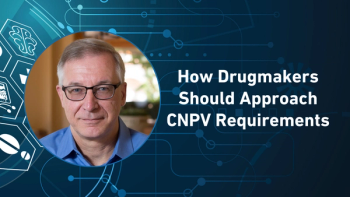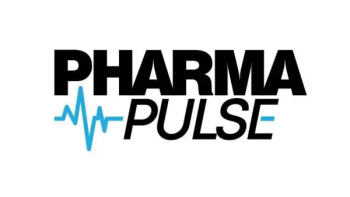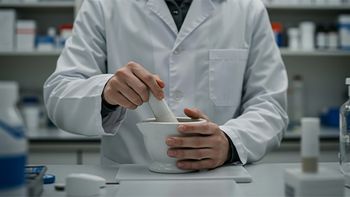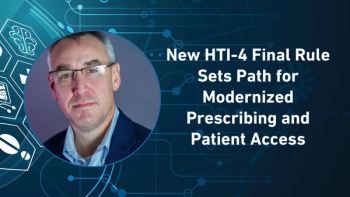
The Biosimilar Void
In the fourth part of his Pharma Commerce video interview, Murray Aitken, executive director, IQVIA Institute for Human Data Science, outlines what he anticipates for the biosimilar adoption curve in key markets moving forward.
In a video interview with Pharma Commerce, Murray Aitken, executive director of the IQVIA Institute for Human Data Science, explains the extensive process behind developing the “Global Use of Medicines Outlook Through 2029” report. The creation of this comprehensive resource spans several months and integrates proprietary IQVIA datasets, including the MIDAS (Market Intelligence Data Analytics Solution), market prognosis, and forecast link tools. The report combines robust data analytics with global expert insights to produce a holistic view of the pharmaceutical landscape.
Aitken emphasizes that a key part of the process involves gathering input from IQVIA’s network of experts across the world, each bringing localized perspectives on evolving trends in medicine use, access, and policy. These expert insights are then synthesized by an internal analytics team responsible for compiling the vast volume and value data.
In terms of metrics, the report estimates that 3.6 trillion defined daily doses of medicines were consumed globally in the past year. Additionally, the worldwide expenditure on medicines is projected to be approximately $1.8 trillion at list prices in 2024. Aitken notes that while there are some data gaps, IQVIA’s methodology includes filling in missing information using statistically sound models and expert validation.
The ultimate goal of the report is to provide all healthcare stakeholders—governments, policy makers, pharma executives, and researchers—with a clear, data-driven understanding of where medicines are being used, how frequently, and at what cost. Aitken concludes by expressing pride in his team’s efforts and the value the report brings in shaping discussions around global health policy, drug affordability, and resource allocation.
He also comments on how pharma companies should revise their market access and pricing models to align with the evolving landscape; strategies manufacturers should adopt to balance investment in innovation with lifecycle management in order to maintain sustainable growth; how the competitive landscape will evolve within these high-impact therapeutic areas, the role patient access and reimbursement play in shaping adoption; what he anticipates for the biosimilar adoption curve in key markets over the next five years; and much more.
A transcript of his conversation with PC can be found below.
PC: Despite the strong pipeline of innovation, biosimilars continue to deliver significant cost offsets, especially in mature markets. What do you anticipate for the biosimilar adoption curve in key markets moving forward?
Aitken: Over the last five years in the US, we've had some issues in terms of the way in which the biosimilar market has evolved. In the case of the Part B drugs, hospital-infused drugs, and so on, we have the pricing mechanism that is really not designed for biosimilars, and which is driving costs and prices down in the marketplace to the point where they may be actually too low. For Part D drugs, we have formulary management that goes on by the PBMs, which in some cases, is restricting access to the lower-cost biosimilars. These are distortions in the market that we think are not ideal, and they should be addressed in order for biosimilars to play a key role.
In Europe, we have a version of the same sort of mechanisms where pricing has been driven to very low levels, to the extent that we now have what we are referring to as the biosimilar void. This is when we look in the pipeline of new biosimilars being invested in by similar manufacturers for the next wave of biologics that will lose exclusivity, we see a lot of gaps. We see a void. We're not seeing as much investment, both in the manufacturing capacity or in the R&D to bring new biosimilars into the market.
That lack of investment means there will be less competition from biosimilars, and ultimately, that isn't desirable for the health system, for patients, and I think it's something that does need to be addressed rather urgently, so that we can create an environment where biosimilars have an important, meaningful role to play in the context of the overall system.
Newsletter
Stay ahead in the life sciences industry with Pharmaceutical Commerce, the latest news, trends, and strategies in drug distribution, commercialization, and market access.





